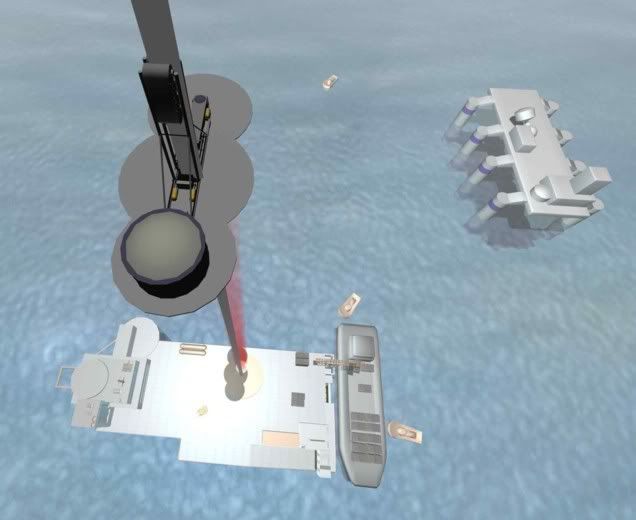
The idea of a space elevator was discussed as far back as 1895 when Konstantin Tsiolkovsky proposed a free-standing "Tsiolkovsky Tower" reaching from the surface of Earth to geostationary orbit 35,786 km (22,236 mi) up.
In the novel The Fountains of Paradise (1979), a space elevator operates from the mythical island of Taprobane, 800 km south of the southern tip of India, connected to a satellite in geostationary orbit.
On March 23, 2005, NASA started its Centennial Challenges, two of which relating to Space Elevators: The Tether Challenge and the Beam Power Challenge.
On February 13, 2006, the LiftPort Group announced that, earlier the same month, they had tested a mile of "space-elevator tether" made of carbon-fiber composite strings and fiberglass tape measuring 5 cm (2 in) wide and 1 mm (approx. 6 sheets of paper) thick, lifted with balloons.
On November 6, 2009, LaserMotive successfully used lasers to drive a 4.8 kg (11 lb) climbing device up a 900 m (2,950 ft) cable suspended from a helicopter. The climber reached the top the cable, traveling at an average speed of 13 km/h (8.1 mph).

Anchoring the lower part of a Space Elevator at a location on the equator makes it less vulnerable to hurricanes and tornadoes, while such a location aligns best with geostationary orbits.

References
Audacious & Outrageous: Space Elevators (NASA)
Power Beaming Challenge (NASA)
Strong Thether Challenge (NASA)
Space elevator (Wikipedia)
Space Elevator (Liftport)
Space-elevator tether climbs a mile high (New Scientist)
The Fountains of Paradise (Artur C. Clarke, 1979)